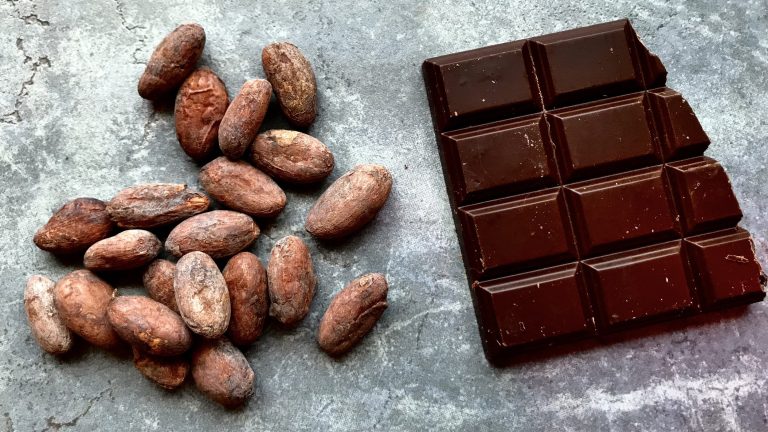By Ethan Swift
Tomorrow, chocolate is a lifelong indulgence for many, yet how much do we truly understand about it? While we relish its exquisite taste, the complexity of chocolate remains an enigma. In this exploration, we dive into the world of chocolate craftsmanship and the distinctions between Tree to Bar, Bean to Bar, and Farm to Bar chocolate.
Tree to Bar Chocolate
The journey of Tree to Bar chocolate commences in the heart of the jungle, often found in equatorial regions. Companies crafting Tree to Bar chocolate gain access to the cacao fruit in orchards but do not own the farms. Farmers frequently sell their cacao to these companies, a standard practice in the industry. When your
favorite chocolatiers are involved in the entire process from picking to fermentation, they proudly label their creations as “Tree to Bar.” However, it’s essential to note that if the chocolate is not produced by the farmers themselves on their farms, it is made in a separate facility.
Historically, cacao grew on tree trunks, and the makers described above do not purchase pre-fermented, dried, aged, or off-gassed beans. Instead, they invest in cacao pods, wet beans, or engage in barter arrangements for access to bulk pods.
Bean to Bar Chocolate
“Bean to Bar” is a term reserved for craft chocolate makers who purchase already fermented, dried, and aged cacao beans. This is the most common form of non-industrial and ethical chocolate production. With the growing number of discerning and ethical
consumers, Bean to Bar chocolate is gaining popularity, overshadowing Tree to Bar and Farm to Bar varieties in terms of prevalence.
Farm to Bar Chocolate
Farm to Bar chocolate represents a remarkable fusion of farming and artisanal chocolate-making. Some companies manage the entire process, encompassing Bean to Bar, Tree to Bar, and Farm to Bar production. By bridging the gap between farmers and chocolatiers, this approach empowers farmers to become chefs and chocolatiers themselves. While it may seem like a stretch, certain companies successfully execute this comprehensive approach, offering different origins and production styles.
Island Sharks Chocolate, for instance, offers Farm to Bar chocolate through an Instagram subscription and Tree to Bar and Bean to Bar chocolate through its store. The emphasis on direct sourcing from farms or trees sets these chocolate categories apart from the reconstituted industrial chocolate, a product often linked to child slavery for over two centuries.
Craft Chocolate: A New Industry
These three chocolate categories collectively form the burgeoning craft chocolate industry. Craft chocolate is defined by its commitment to quality, ethics, and distinctive flavor profiles. As consumers become increasingly discerning, ethical, and numerous, Bean to Bar chocolate is likely to lead the way due to
its higher prevalence compared to Tree to Bar and Farm to Bar varieties.
When it comes to taste, the differences among these three categories are influenced by factors like microbes, wild yeasts, and micrometers. Large chocolate manufacturers often neutralize these factors by roasting beans at high temperatures, a practice that can mask the unique flavors inherent to each category.
In essence, chocolate demystifies itself through understanding the distinctions between Farm to Bar, Tree to Bar, and Bean to Bar chocolate. The nuances in flavor, production, and sourcing make each category a unique experience for chocolate enthusiasts.
Exploring New Horizons
In a world where chocolate is both a treat and a passion, exploring all three chocolate types can be a rewarding journey. By sampling chocolates from each category, you can discover your personal preferences and appreciate the subtle yet significant variations in flavor and texture.
As consumers, our choices hold the power to shape the future of the chocolate industry. Supporting ethical and sustainable practices is essential in promoting the craft chocolate movement. Embrace your curiosity, be #cacaocurious, and savor the richness of chocolate that embodies centuries of tradition and innovation.
In conclusion, the terms “Tree to Bar,” “Bean to Bar,” and “Farm to Bar” reflect the evolution of chocolate-making from source to finished product. They signify a commitment to quality, ethical sourcing, and flavor diversity. As the craft chocolate industry continues to expand, exploring these categories is not only an
exploration of taste but also an affirmation of ethical chocolate practices.
Read more: Why Using a Colander is the Secret to Perfectly Drained Ground Beef




Comments are closed.